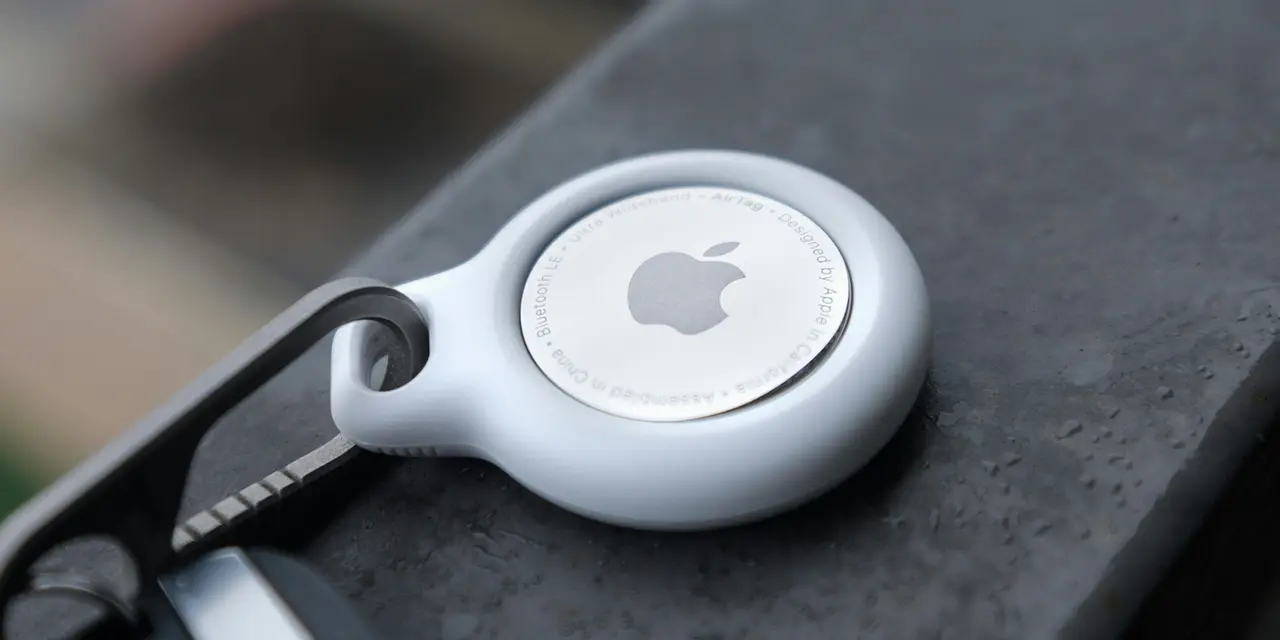Covert Tracking in the Digital Age: How to Identify and Stop Stalking by Apple AirTags

The proliferation of small, inexpensive location trackers, particularly the Apple AirTag, has introduced a new and alarming dimension to personal security threats. While designed to help users find lost keys and luggage, these devices have been weaponized by stalkers, estranged partners, and criminals to conduct persistent, non-consensual surveillance.
For individuals facing these threats—from high-net-worth clients and public figures to those caught in domestic disputes—recognizing digital surveillance is the first step toward effective defense.
This article, from the experts in discreet security at Conflict International USA, outlines how to detect a hidden AirTag and explains the necessary steps to secure your safety and privacy.
The Threat: Location Stalking Made Easy
Apple AirTags leverage the vast global network of nearly two billion Apple devices. When an AirTag comes within Bluetooth range of any iPhone, iPad, or Mac, that device anonymously relays the AirTag’s location to the owner. This functionality provides near-perfect, real-time tracking, even when the device is hidden in a vehicle, a coat, or a child’s backpack.
1. How to Detect an Unknown AirTag Tracking You
Apple and Google have implemented features to alert users to unwanted tracking. It is crucial to ensure these features are activated on your device:
For iPhone Users (iOS 14.5 or later):
Your iPhone is designed to automatically check for unknown AirTags or other Find My-enabled accessories moving with you over time.
- Automatic Alerts: If an AirTag separated from its owner is found to be traveling with you, your iPhone should display an on-screen alert: “AirTag Found Moving With You.”
- Acoustic Alert: After being separated from its owner for an extended period, an AirTag will typically start emitting a chime to draw attention to itself.
- Check Settings: To ensure you receive these notifications, navigate to: Settings > Bluetooth (ensure it's on) and the Find My App > Me tab (ensure Tracking Notifications are on).
For Android Users (Android 6.0 and newer):
Android devices also offer native tools to detect these trackers.
- Google’s Unknown Tracker Alerts: Newer Android phones have this feature built into the operating system. Check that it is enabled via: Settings > Safety & Emergency > Unknown Tracker Alerts > Allow Alerts.
- Manual Scan: You can force a scan at any time by selecting “Scan Now” in the Unknown Tracker Alerts menu to find any AirTags or similar trackers nearby.
- Apple’s Tracker Detect App: While not necessary for newer Android models, Apple’s free app on the Google Play Store can be used to scan for AirTags specifically.
2. What to Do Immediately After Detection
If you receive an alert or hear an unfamiliar chime, your safety is the priority. Do not proceed to a known location, such as your home or office, if you believe you are being tracked.
- Stop Tracking Updates: If your phone alerts you, use the map provided on the alert screen to find the general vicinity of the device. If possible, tap the alert and select the option to “Play Sound” to help pinpoint the location.
- Search Belongings and Vehicle: Thoroughly check common hiding spots:
- Cars: Wheel wells, behind bumpers, under seats, inside trunk liners, or taped in the engine bay (though less common).
- Personal Items: Inside coat pockets, in the lining of a purse or backpack, or tucked into luggage.
- Disable the Device: Once you locate the physical AirTag, you must disable it to stop all future location reporting to the owner.
- Push down on the device's back, twist the cover counter-clockwise, and remove the CR2032 battery. Do not destroy the AirTag.
- Preserve Evidence:
- Take screenshots of the notification alerts, the Find My map (if available), and the AirTag’s serial number (viewed by tapping the device with an NFC-enabled smartphone).
- Retain the disabled AirTag—it is critical physical evidence.
3. Securing Professional and Legal Intervention
While law enforcement will investigate criminal stalking, the legal system and local police departments are often under-equipped to handle high-tech, digital-age surveillance promptly. Victims often face delays in obtaining data or securing a swift resolution.
- Law Enforcement: Contact your local police or sheriff’s office immediately. Provide them with the disabled AirTag, the serial number, and all digital evidence. Apple cooperates with law enforcement requests to identify the owner using the device's serial number and account information.
- Expert Private Security and Investigation: For high-stakes, discreet, or time-sensitive situations, involving a professional investigative firm is essential.
How Conflict International Intervenes:
When a personal safety threat involves sophisticated tracking, our team provides an immediate, discreet, and expert-led response:
- Executive Protection: We implement immediate security measures and protective details to ensure the victim's safety while the investigation is underway.
- Digital Counter-Surveillance: Our experts perform detailed, professional electronic counter-surveillance sweeps (Technical Surveillance Counter Measures - TSCM) on vehicles, homes, and offices, locating not just AirTags, but also hidden GPS devices, listening bugs, and sophisticated digital surveillance tools.
- Evidence Handling: We securely collect and forensically handle the AirTag and related digital data, preserving the chain of custody required for successful criminal prosecution or civil litigation.
- Discreet Resolution: We use intelligence-led methods to identify the perpetrator without alerting them to the professional intervention, allowing for a strategic, decisive end to the stalking behavior.
If you suspect you are being tracked or are the victim of cyberstalking or blackmail, do not wait. Contact Conflict International or a confidential and immediate assessment of your security posture.
We provide the expertise and discretion required to resolve sensitive threats, ensuring your safety and peace of mind.